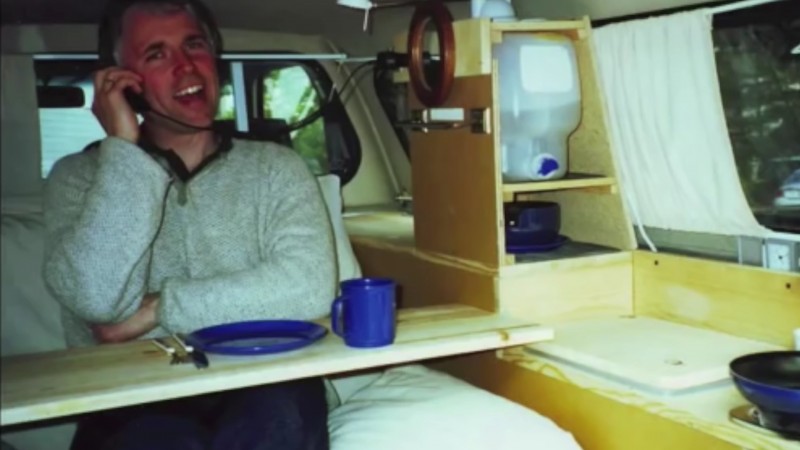Renzo PIANO - Chiesa di Padre PIO
Renzo PIANO - (2004) - Chiesa di Padre PIO (S.Giovanni Rotondo - Italy)
The newly inaugurated church, will serve the large number of pilgrims visiting the place where Saint Padre Pio used to live. Visitors are guided up the slope, along a long straight pedestrian path with garden terrace zones extending along its sides. The path is aligned with the entryway arch to the church and to the great cross that emerges, almost 40 meters tall, as a focal point on arrival. The first nine columns of the parvis, reaching a height of 25 meters, support the eight bells that form the original belltower of the church. In the design by Renzo Piano, the worshippers are enveloped by a gigantic snail shape, the outline of which is formed by a three-quarter circle of steadily decreasing radius. The materials, selected to express simplicity and solidity, are local stone, wood and glass. The immense roof skin is finished in pre-patinated copper with a supporting structure of wood and limestone. The supporting structure consists of two intermeshing rows of Apricena stone arches arranged in a circle, a total of 21, that form an inner and an outer ring with the arches of the outer ring representing scaled-down copies of the inner ones. The arches of the inner ring originate in the centre of the three-quarter circle, where the altar is located. Since the spans of the arches steadily decrease, with the decreasing radius of the circle, a spiral shape is created that is reminiscent of a snail"s shell. The radial structure, divided into sectors seating 300-400, brings the assembly as close as possible to the altar. The arch construction, together with a secondary structural system made of wood, supports the wood ceiling. To allow for a certain amount of play in the event of an earthquake steel cables have been stretched between the arches. The area, enclosed by the three-quarter circle of the outline, forms the apex of a triangular square that slopes down towards the entrance. The huge stained glass window, set in the stone arch, filters the light entering the church that, otherwise, remains in semi-darkness with only a light well above the altar. The pavement, covered with slabs of the same stone as the arches, connects the church and the forecourt, and continues into the hall, blurring the transition between the forecourt and the interior. The forecourt holds up to 30,000 people who, because of the open, connection between church interior and forecourt, can take part in the celebrations. The crypt, chapels, confessionals and several modern administrative and event rooms are located in the 11,000 square meter basement.
Pritzker Prize 1998
[圖擷取自網路,如有疑問請私訊]
|
本篇 |
不想錯過? 請追蹤FB專頁! |
| 喜歡這篇嗎?快分享吧! |
相關文章
快樂就是分享
























